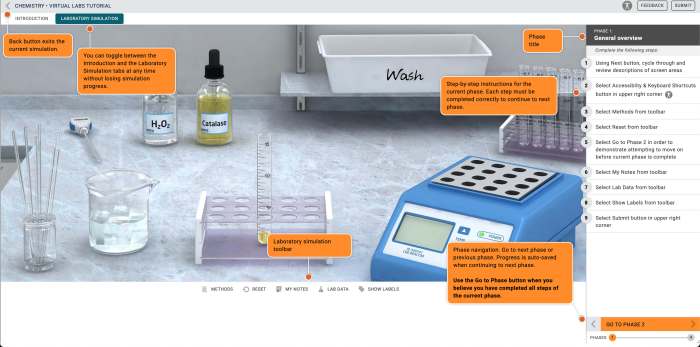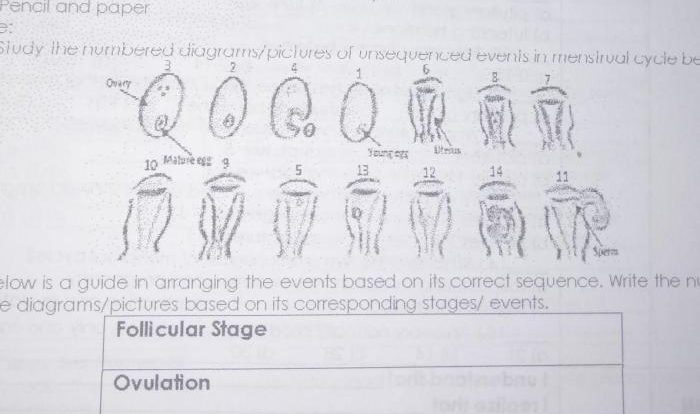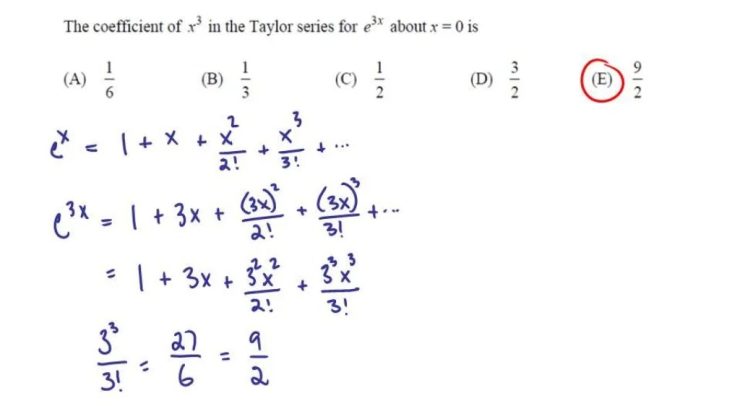Unit 3 progress check frq – Embark on a journey to conquer Unit 3’s Progress Check FRQ with this comprehensive guide. Get ready to delve into a treasure trove of knowledge, strategies, and examples that will empower you to excel in this assessment.
Within these pages, you’ll discover the ins and outs of each FRQ task, unlocking the secrets to effectively demonstrate your skills and knowledge. Let’s dive right in!
FRQ Task
Unit 3’s Progress Check FRQ assesses students’ understanding of key concepts and skills covered in the unit. It comprises three tasks, each with a distinct purpose and format.
The table below provides an overview of the tasks:
| Task | Purpose | Format |
|---|---|---|
| Task 1: Multiple Choice | Assesses students’ understanding of fundamental concepts and their ability to apply them to different scenarios. | Multiple-choice questions with four answer options |
| Task 2: Short Answer | Evaluates students’ ability to explain and support their reasoning on specific topics related to the unit’s content. | Short written responses requiring clear and concise explanations |
| Task 3: Extended Response | Assesses students’ ability to synthesize information, construct arguments, and communicate their understanding in a comprehensive essay. | Extended written response on a specific topic, requiring students to demonstrate a deep understanding of the unit’s concepts |
Each task requires a different set of skills and knowledge:
- Task 1: Multiple Choicerequires students to demonstrate their understanding of key concepts and their ability to apply them to different scenarios. It tests their ability to recognize patterns, make inferences, and select the best answer from a given set of options.
- Task 2: Short Answerevaluates students’ ability to explain and support their reasoning on specific topics related to the unit’s content. It requires students to recall information, understand relationships, and communicate their ideas clearly and concisely.
- Task 3: Extended Responseassesses students’ ability to synthesize information, construct arguments, and communicate their understanding in a comprehensive essay. It requires students to demonstrate a deep understanding of the unit’s concepts, organize their thoughts logically, and support their arguments with evidence.
FRQ Examples
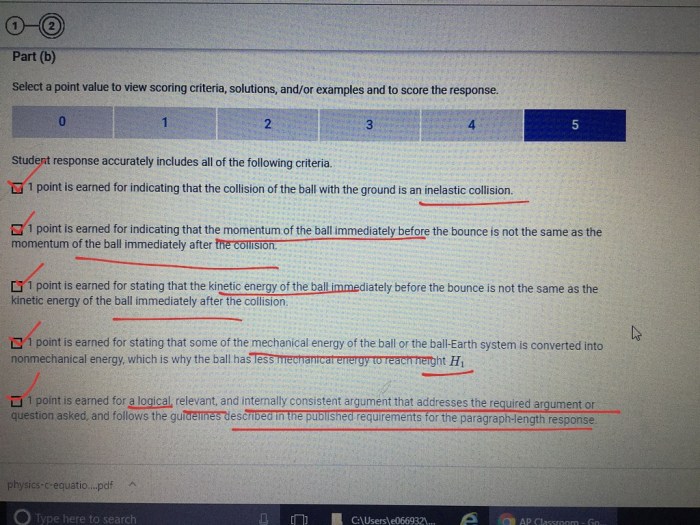
Real-world examples can illustrate the application of concepts tested in the FRQ and connect them to specific tasks. They provide insights into the potential challenges and opportunities presented by these examples.
Example 1: Application in Engineering
In engineering, the concept of torque is tested in the FRQ. An example could involve a construction worker using a wrench to tighten a bolt. The torque applied by the worker determines the tightness of the bolt, which is crucial for the structural integrity of the construction.
Example 2: Application in Medicine
In medicine, the concept of osmosis is tested in the FRQ. An example could involve a patient receiving an intravenous (IV) fluid bag. The rate of osmosis between the IV fluid and the patient’s blood determines the rate at which the fluid is absorbed, affecting the patient’s hydration and electrolyte balance.
Example 3: Application in Business
In business, the concept of supply and demand is tested in the FRQ. An example could involve a company adjusting its production based on market demand. The company must balance the supply of its product with the demand from consumers to optimize profits and avoid overproduction or shortages.
Challenges and Opportunities
These examples demonstrate the practical relevance of the concepts tested in the FRQ. They also highlight potential challenges, such as the need for accurate measurements of torque in engineering, the importance of understanding osmosis for medical treatments, and the complexity of balancing supply and demand in business.
However, these challenges also present opportunities for innovation, research, and problem-solving.
FRQ Strategies
Mastering the FRQ section requires a systematic approach that leverages time management and effective strategies. Follow these steps and utilize the strategies Artikeld in the table below to excel in your FRQ responses.
Step-by-Step Approach
- Read the Prompt Carefully:Understand the question and its requirements thoroughly.
- Plan Your Response:Organize your thoughts and Artikel the main points you will address.
- Gather Evidence:Cite specific examples, data, and theories to support your claims.
- Write Clearly and Concisely:Use precise language, avoid repetition, and maintain a logical flow.
- Proofread and Revise:Check for errors in grammar, spelling, and content accuracy.
Key Strategies for Each Task
| Task | Strategies |
|---|---|
| Source-Based Analysis | – Analyze the source critically, identifying its context, bias, and limitations.
|
| Historical Argumentation | – Develop a clear thesis statement that answers the prompt.
|
| Document-Based Question | – Read the documents carefully and identify their main ideas.
If you’re looking for a refresher on Unit 3 Progress Check FRQ, I highly recommend checking out this chapter for insights and guidance. It covers essential concepts that will help you tackle the FRQ with confidence. Don’t miss out on this valuable resource as you prepare for the Unit 3 Progress Check.
|
Time Management and Performance
- Time Allocation:Divide your time wisely among the different tasks, giving more attention to complex questions.
- Prioritize Content:Focus on addressing the most important points first, ensuring you cover the essential aspects of the question.
- Practice Regularly:Engage in mock FRQ exercises to improve your writing speed and accuracy.
- Seek Feedback:Have your responses reviewed by a teacher or mentor to identify areas for improvement.
FRQ Scoring
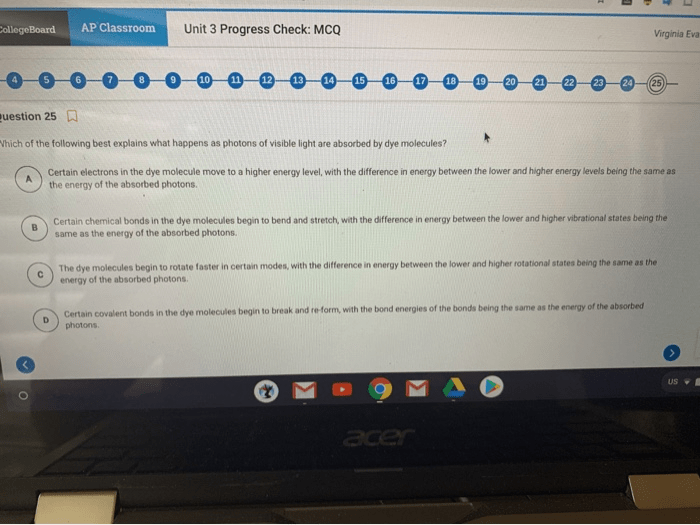
The FRQ is scored using a rubric that evaluates the student’s response based on specific criteria. The rubric provides guidance on the quality of the response, including the accuracy, completeness, and organization of the student’s answer.
Criteria for Evaluation
The following criteria are used to evaluate the FRQ:
- Accuracy:The student’s response is accurate and demonstrates a clear understanding of the concepts being tested.
- Completeness:The student’s response is complete and provides all the information requested in the prompt.
- Organization:The student’s response is well-organized and easy to follow.
Interpreting and Improving Scores
Students can use the rubric to interpret their scores and identify areas for improvement. By reviewing the rubric, students can see how their response was evaluated and what they can do to improve their score on future FRQs.
To improve their FRQ scores, students should focus on the following:
- Understanding the concepts:Make sure you have a clear understanding of the concepts being tested.
- Practicing:Practice answering FRQs under timed conditions to improve your speed and accuracy.
- Getting feedback:Ask your teacher or a peer to review your FRQs and provide feedback on how you can improve.
FRQ Resources

In addition to the resources provided in class, there are several online resources that can help you prepare for the FRQ. These resources include websites, videos, and interactive simulations.
Websites
- Khan Academy: Khan Academy provides a comprehensive set of videos and practice exercises on a variety of AP Physics 1 topics. The videos are clear and concise, and the practice exercises are challenging but fair.
- The College Board: The College Board provides a number of resources for AP Physics 1 students, including sample FRQs, scoring guidelines, and practice exams. These resources are a great way to get a sense of what the FRQ will be like on test day.
- AP Central: AP Central is a website that provides a variety of resources for AP teachers and students. The website includes a forum where students can ask questions and get help from other students and teachers.
Videos, Unit 3 progress check frq
- Bozeman Science: Bozeman Science provides a series of videos on AP Physics 1 topics. The videos are engaging and informative, and they provide a great way to review the material.
- Crash Course: Crash Course provides a series of videos on a variety of AP Physics 1 topics. The videos are fast-paced and entertaining, and they provide a good overview of the material.
- Khan Academy: Khan Academy also provides a number of videos on AP Physics 1 topics. The videos are clear and concise, and they provide a great way to review the material.
Interactive Simulations
- PhET: PhET provides a number of interactive simulations that can help you visualize and understand AP Physics 1 concepts. The simulations are easy to use and they provide a great way to learn about the material.
- The Physics Classroom: The Physics Classroom provides a number of interactive simulations that can help you visualize and understand AP Physics 1 concepts. The simulations are easy to use and they provide a great way to learn about the material.
- Wolfram Alpha: Wolfram Alpha is a computational knowledge engine that can be used to solve a variety of physics problems. Wolfram Alpha can be a great way to check your work or to get help with a problem that you are stuck on.
FAQ Compilation: Unit 3 Progress Check Frq
What is the purpose of the Unit 3 Progress Check FRQ?
The FRQ assesses your understanding of key concepts and your ability to apply them in real-world scenarios.
How can I prepare effectively for the FRQ?
Review the FRQ tasks, practice using real-world examples, and develop effective time management strategies.
What resources are available to support my FRQ preparation?
Online resources such as websites, videos, and interactive simulations provide additional support and practice opportunities.
